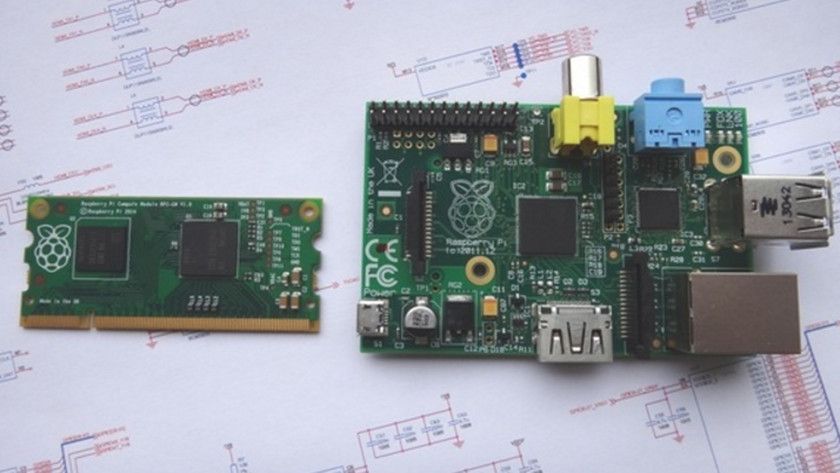The Raspberry Pi Compute Module 4S will be a further development that will be launched with great success by the British Foundation responsible for this revolutionary microcomputer, which has recently completed the first ten years on the market.
As you know, the foundation distributes different models that cover different areas of application. If the general version of the Raspberry Pi is the largest and most complete and is intended as a general-purpose computer for use in classrooms, homes and businesses, the Compute Module variant is intended for those looking for more compact solution which can serve as the engine of any project.
Its applications range from DIY digital cameras to commercial digital signage systems running through industrial solutions. Really, they are good at anything.on an amateur and professional level and are integrated into dedicated boards, which are the ones that assemble the rest of the necessary elements for shaping a complete computer.
Raspberry Pi 4S computing module
It has not been announced yet, but it will be another version of this series, as we see it on the website of Revolution Pi, one of the companies that are collaborating on the project and producing solutions with Raspberry Pi technology.
It will be a viable alternative to the Compute Module 3+ released in 2019. It retains its characteristic super small size because it is only slightly larger than the DIMM we use as RAM in laptops. Despite their small size, these modules integrate all the necessary basic elements: CPU, RAM and storage integrated into one package, although for obvious reasons the sizes do not offer full version connectivity.

Raspberry Pi Compute Module vs. Full version
The big news of the Raspberry Pi Compute Module 4S is CPU improvements over previous versions. Broadcom BCM2711 with quad-core ARM Cortex-A72 1.5 GHz, which uses a single-board computer Raspberry Pi 4. HDMI output was also upgraded to version 2.0a and RAM was upgraded by upgrading the interface to LPDDR4. Storage is the same (32GB eMMC), as are Ethernet and USB 2.0 ports, as well as a 200-pin SODIMM connector.
In addition to hardware improvements, they say they use a new CPU will improve the availability of the series. Like all chip makers, the Raspberry Pi has been trying to cover deliveries in recent months due to factory closures during the COVID pandemic.
The release date is unknown, but its price should be as low as the best-selling mini-board or SBC category.














